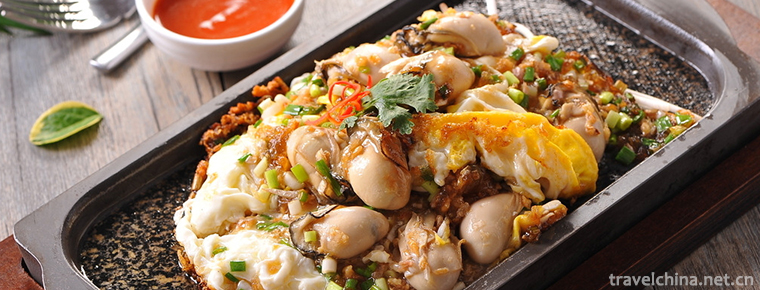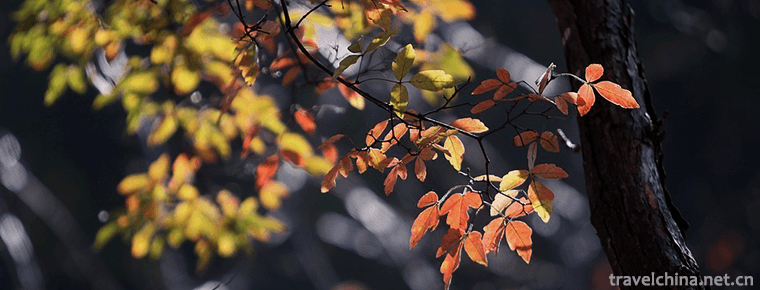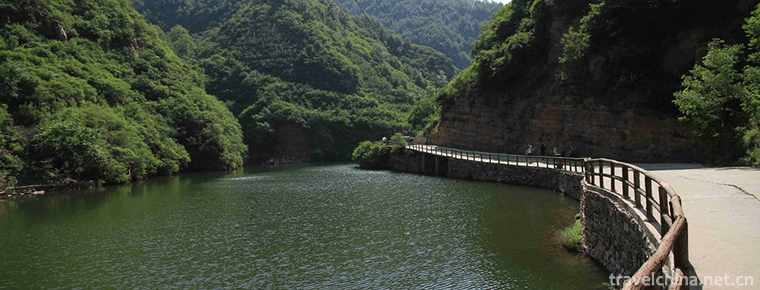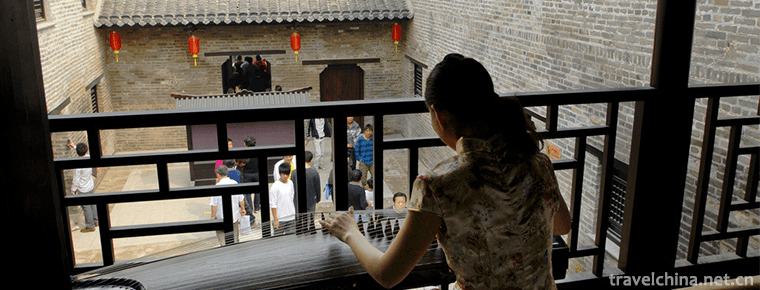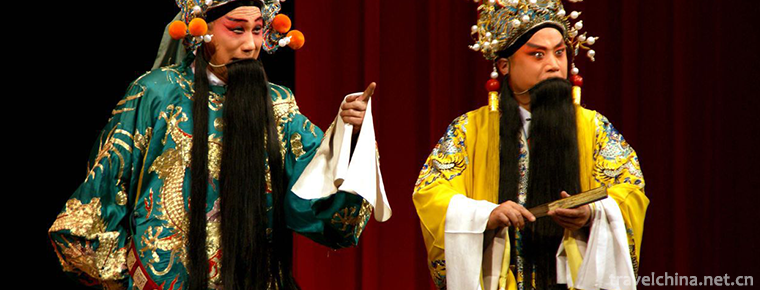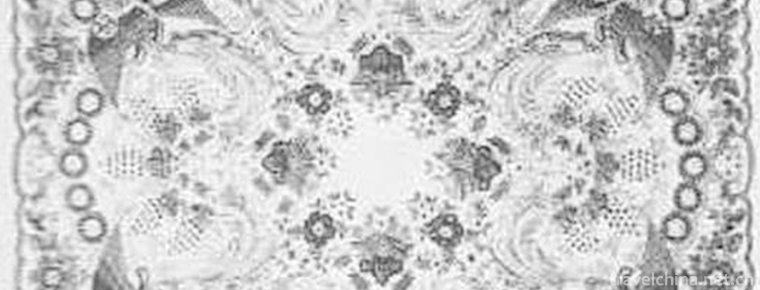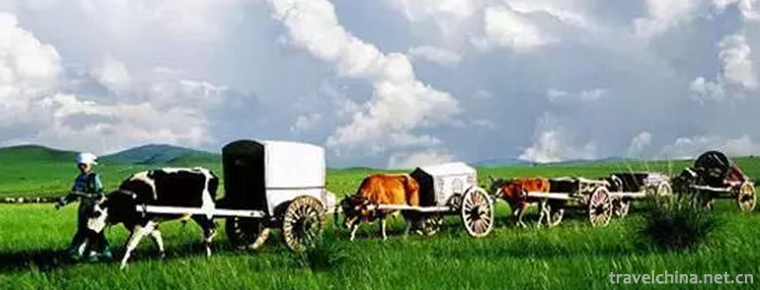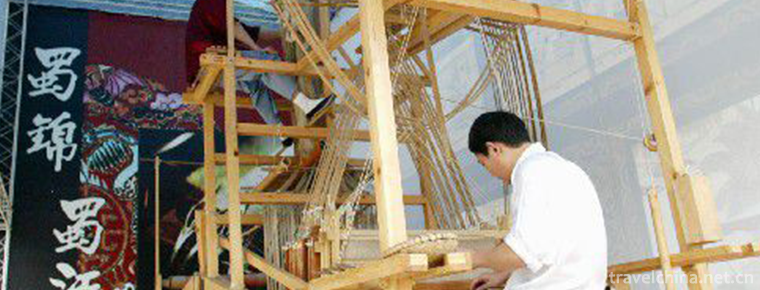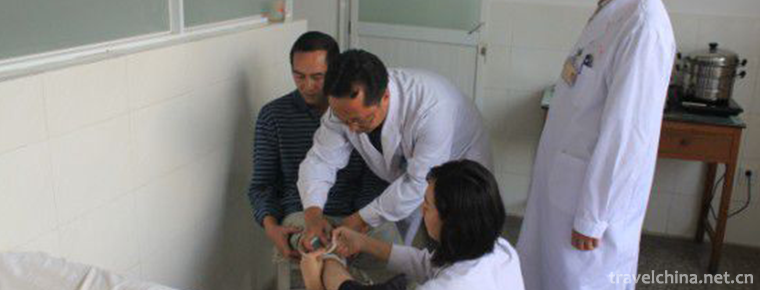Taer Temple Scenic Area Xining City
Tar Temple, also known as Tar Temple, was founded in the 10th year of Hongwu Ming Dynasty (1377). Named after the Great Silver Pagoda built in memory of Zongkaba, the founder of the Yellow Religion, the Tibetan language is called "Panbenxian Bahrain", which means "Maitreya Temple with 100,000 lions roaring Buddha statues". It is located in Lushaer Town, Huangzhong County, 25 kilometers southwest of Xining City, Qinghai Province, and is a national AAAAA-level tourist attraction
Tar Temple is the activity center of Tibetan Buddhism in Northwest China. It enjoys a great reputation in China and Southeast Asia. The central government of all dynasties highly respected the religious status of Tar Temple. The Ming Dynasty awarded many titles to religious figures in the upper class of the temple. Emperor Kangxi of the Qing Dynasty awarded the plaque of "Jing Shang Jin Liang", Emperor Qianlong awarded the title of "Fanzong Temple", and the plaque of "Sanskrit Law Building" for Dajinwa Temple. The Third Dalai Lama, the Fourth Dalai Lama, the Fifth Dalai, the Seventh Dalai, the Thirteenth Dalai, the Fourteenth Dalai and the Sixth Panchen, the Ninth Panchen and the Tenth Panchen have all carried out religious activities in the Tar Temple.
Butter flowers, murals and embroidery are known as the "Three Great Arts of Tar Temple". In addition, many Buddhist classics and academic monographs on history, literature, philosophy, medicine and legislation are also collected in the temple. The annual Buddhist activities "Four Great Law Clubs" are even more lively. The butter flower sculpture of Tar Temple is also lifelike and famous far and near.
Tar Temple is one of the six major monasteries of the Gelu Sect of Tibetan Buddhism in China. It is also one of the most famous historical sites in Qinghai Province and the key cultural relics protection unit in China. April 13, 2018, was included in "Magic Northwest 100 Scenes".
Historical evolution
Tar Temple is the birthplace of Zongkaba Master Rosanzaba (1357-1419). In his early years, Master Zongkaba studied at Xiaqiong Temple. At the age of 16, he went to Tibet for further study. He reformed Tibetan Buddhism and founded the Gelug Sect (Yellow Sect) to become a master of one generation. Legend has it that after his birth, a white sandalwood tree grew from the place where the umbilical cord was sheared and dripped blood. There were 100,000 leaves on the tree. A lion roaring Buddha statue (one of the statues of Sakyamuni) appeared on each spontaneous combustion, and the name of "Pan Ben" (100,000 statues) came from this.
Since its establishment, the Tar Monastery has gradually improved its own monastery religious organization, monastery political organization and monastery economic source, cultural life and so on. Among them, the temple fair is the best one to embody the perfection of all kinds of organization of the Tar Temple. The temple fair is not only a good opportunity for monks to learn classics, but also a time for them to entertain.
Six years after Zongkaba's visit to Tibet, his mother, Xiangsa Achepan, was eager to send a bunch of white hair and a letter to Zongkaba for a visit home. After receiving the letter, Zongkaba decided not to return to study Buddhism. He sent his mother and sister a portrait of himself and a statue of the Lion roaring Buddha, and wrote, "If I could build a Buddha pagoda for the placenta with 100,000 lions roaring Buddha statues and banyan trees at the place where Zongkaba was born, it would be like meeting me." The next year, in the twelfth year of Hongwu Ming Dynasty (1379), Shansa Archer built the tower with the support of his followers and named it "Lianju Pagoda". In the 180 years since then, although the tower has been rebuilt and repaired many times, it has not yet formed a monastery.
In the 39th year of Jiajing (1560), Zen master Renqin Zongzhe Jianjian praised the construction of a quiet house on the side of the pagoda. Seventeen years later, in the fifth year of Wanli (1577), the Temple of Maitreya was restored to the south of the tower. So far, the Tar Temple has taken shape.
In 1582, the third Dalai Lama Sonanjiatso came to Qinghai for the second time. In the spring of the following year, the local Shenzhong Onso invited him from Sonka to the Tar Temple. The third Dalai Lama instructed the Tibetan tribes such as Shenzhong, Sina, Qijia, Longben and Mina to expand the Tar Monastery, to offer Buddha statues and perform various temple-building ceremonies. Since then, the Tar Temple has developed rapidly, and successively built the Dalai Lama Palace, the Third Dalai Lama Ling Pagoda Hall, the Nine Halls, the Yihu Hall, the Sakya Hall and so on. Directed by the Fourth Dalai Lama,
In the first month of Wanli forty years (1612), Xianzong College was officially established to teach scriptures, which marked that Tar Monastery became a regular monastery of the Gelug Sect.
Since Kangxi in the Qing Dynasty, the court has given many gifts to the Tar Temple, such as plaques, magic instruments, Buddha statues, scriptures and pagodas. The living Buddha systems of Ajia, Saichi, Lako, Sedo, Xiangsa, Sina and Chexi in the temple were designated Hutuktu or Norman Khan in the Qing Dynasty. Among them, Ajia, Saichi and Lako are Hutuktu stationed in Beijing, and some have served as Palm Print Lamas in Yonghe Palace in Beijing and Wutai Mountain in Shanxi Province. It is for these special reasons that the Tar Temple has developed rapidly and become one of the six major monasteries of the Gelug School of Tibetan Buddhism both at home and abroad. There are more than 9300 total buildings of Tar Temple, covering an area of more than 600 mu and 25 palaces, mainly the Great Golden Watt Hall, the Great Sutra Hall, the Nine Halls, the Little Golden Watt Hall, the Flower Temple, the Great Lajean, the Maitreya Buddha Hall, the Sakya Buddha Hall and the Yihu Hall. At its peak, there were more than 3,600 monks, and at the beginning of liberation there were 1,983.
As a result of historical accumulation, the temple is extremely rich in cultural relics. Architecture, artifacts, Buddha statues and literature collection make the temple a treasure house of art. The temple has four colleges of Xianzong, Tantra, Shilun, Medical Ming and Yaoba Zacang. It studies Buddhism and Tibetan language, characters, astronomy, calendar, medicine, dance, sculpture, painting, architecture and other knowledge. It was founded in 1827 A.D. in Daoguang seven years. It has printed Tibetan classics and various writings, which are popular in all parts of Tibet. The temple holds four large temple-wide congregations in the first month, April, June and September of the lunar calendar each year, which are called the "Four Great Views". At that time, people from all over the country will gather in a large scale. In addition, in late October of the lunar calendar, there are five offerings of lamp-burning festivals in commemoration of the solemnity of Zongkaba and activities to send the plague gods at the end of the year.
In August 1949, the bed-sitting ceremony of Erdeni Quijijianzan, the 10th Panchen Buddhist monk, was solemnly held in Tar Temple. In October of the same year, the 10th Panchen Chan sent a congratulatory message to Chairman Mao Zedong from the Tar Temple to congratulate the founding of the People's Republic of China. Since then, the Tar Temple has been protected by the state, and the State Council has promulgated it as a state key cultural relic protection unit. In April 1951, representatives of the Central People's Government and the local government of Tibet held negotiations in Beijing for the peaceful liberation of Tibet. The Central Committee invited the 10th Panchen Chan to Beijing. The 10th Panchen went to Beijing and was received by Chairman Mao Zedong and Premier Zhou Enlai.
April 13, 2018, was included in "Magic Northwest 100 Scenes".
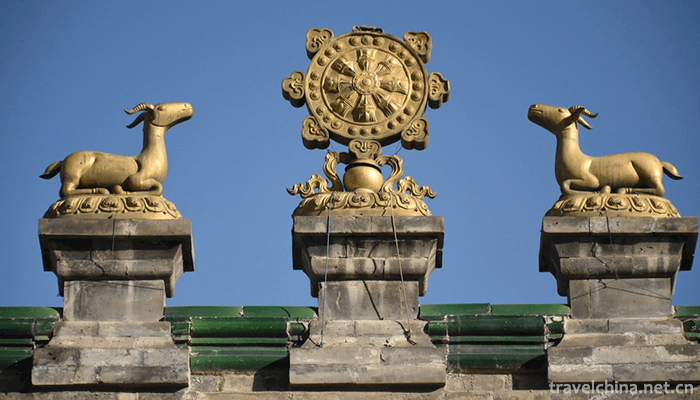

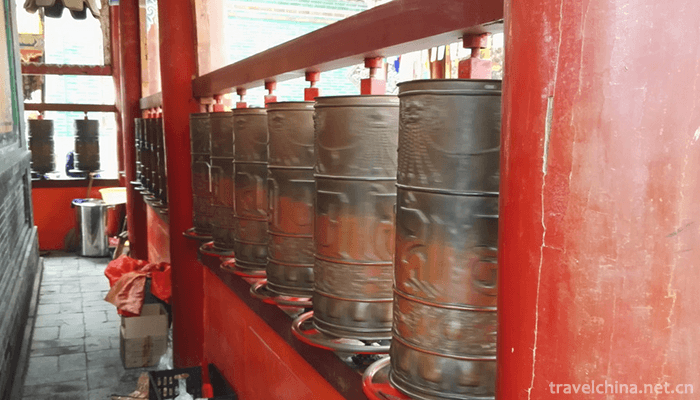

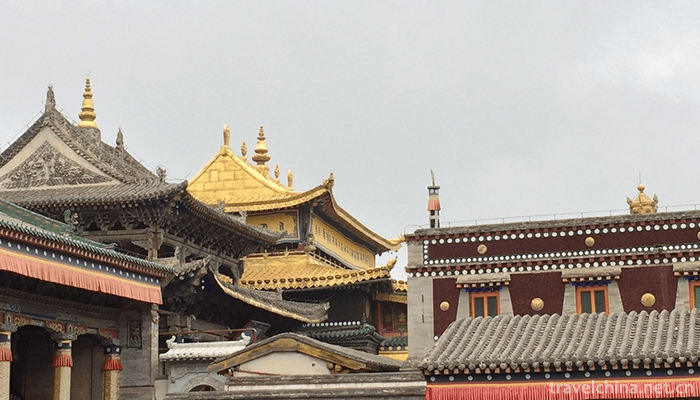
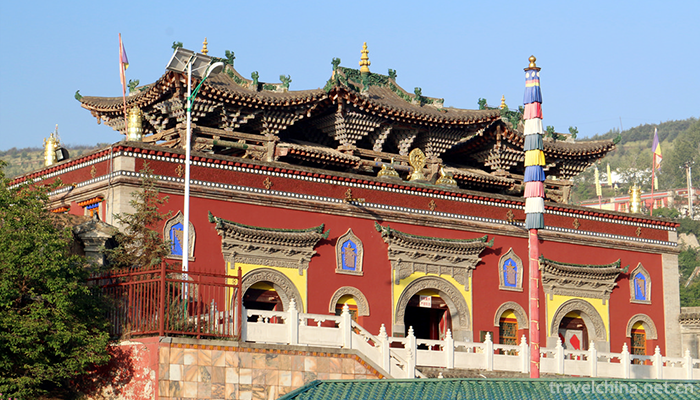

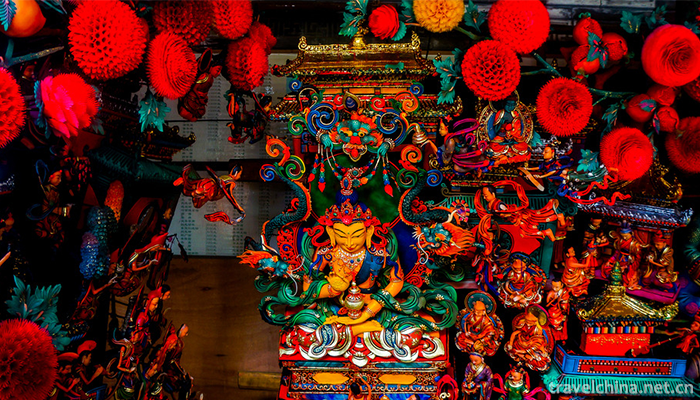
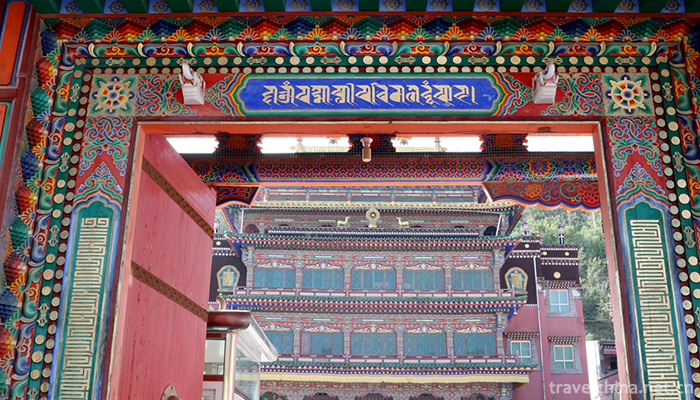
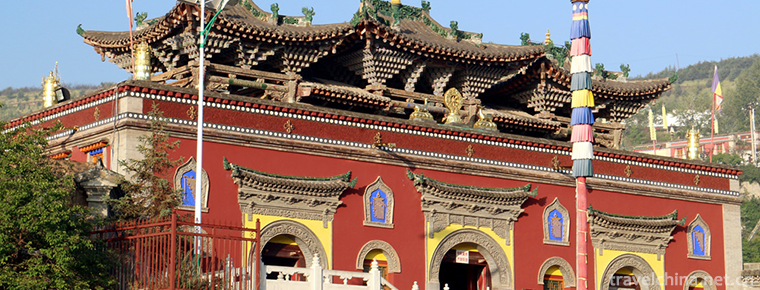
Taer Temple Scenic Area Xining City
-
Oyster omelet
Oyster fry is a common home dish, which originated in Quanzhou, Fujian Province, and is one of the classic traditional snacks in southern Fujian, Taiwan, Chaoshan and other regions.
Views: 289 Time 2018-11-02 -
Coconut rice
"Coconut rice", also known as coconut boat, belongs to Hainan cuisine. Coconut is very nutritious and is a good product for both medicine and food.
Views: 273 Time 2018-11-05 -
Songxian Tianchishan National Forest Park
The Tianchishan National Forest Park in Songxian County, Luoyang City, is located in Xionger Mountains, northwest of Songxian County, Luoyang City, with a total area of 1716 hectares and a forest cove
Views: 152 Time 2019-02-13 -
Tianhe mountain
Tianhe Mountain, located in Xingtai City, Hebei Province, is China's Love Mountain, the hometown of Chinese Qixi Culture, and the birthplace of the legend of Cowherd and Weaver Girl
Views: 213 Time 2019-02-21 -
Yao Wan ancient town
Yaowan Ancient Town is located in the southwest edge of Xinyi City, Xuzhou City, Jiangsu Province, at the junction of Beijing-Hangzhou Grand Canal and Luoma Lake, and is connected with Suqian, Suining
Views: 275 Time 2019-03-03 -
North Road Bangzi
Bangzi, also known as Shanglu Opera, is a local traditional drama in Datong, Shuozhou, Xinzhou and parts of Inner Mongolia and Hebei in northern Shanxi Province. It is one of the national intangible c
Views: 179 Time 2019-04-04 -
Drawing Shantou Drawing
Drawing is a kind of embroidery, also known as "lace". Legend has it that yarn drawing originated in Italy, France and Portugal, and was developed on the basis of folk embroidery in the Midd
Views: 170 Time 2019-04-18 -
Fishing Drum of Hongze Lake
The fishing drum of Hongze Lake, also known as Duan Encouragement, is a form of dance in which the singing and dancing were combined in a specific area when the old Shenhan burned paper for fishermen
Views: 232 Time 2019-05-03 -
Liu Sanjies Ballads
Liu Sanjie's folk songs, a local traditional folk literature in Yizhou City, Guangxi Zhuang Autonomous Region, are one of the national intangible cultural heritages.
Views: 425 Time 2019-05-13 -
Production Techniques of Mongolian Lele Car
Lele cart is a cattle cart in Mongolian area, also known as roller cart. Its origin can be traced back to the "Yuan Yuan" recorded in Han Shu. As far back as the Qin and Han Dynasties, the H
Views: 215 Time 2019-06-03 -
Shu Brocade Weaving Techniques
Shu brocade weaving has a long history. The earliest written records were found in the reign of Huiwen King in the Spring and Autumn Period and Qin Dynasty. During the Warring States Period, Shu Broca
Views: 138 Time 2019-06-15 -
Yi Medicine Water Plaster Therapy of Yi Medicine
Yi medicine is the summary and wisdom crystallization of the Yi people's long-term struggle against disease, and it is an important part of the great treasure house of Chinese medicine. There are thou
Views: 227 Time 2019-07-12
